Staying True to the Calling for 70 Years
The founding of World Vision started with a heart-breaking encounter. In 1947, towards the end of his missions trip in China, Bob Pierce met Baiyu, a girl who was beaten and expelled from home for asking her father to let her go to school. Pierce wanted to help her, so he gave the last US$5 in his pocket and asked a local missionary to take care of the girl. Once he was back in the United States, Pierce continued to send US$5 each month to the missionary to make sure Baiyu was well taken care of. The encounter changed Pierce’s life, moving him to found World Vision in 1950 to help the most vulnerable children in the world.Achieving the Extraordinary with the Ordinary
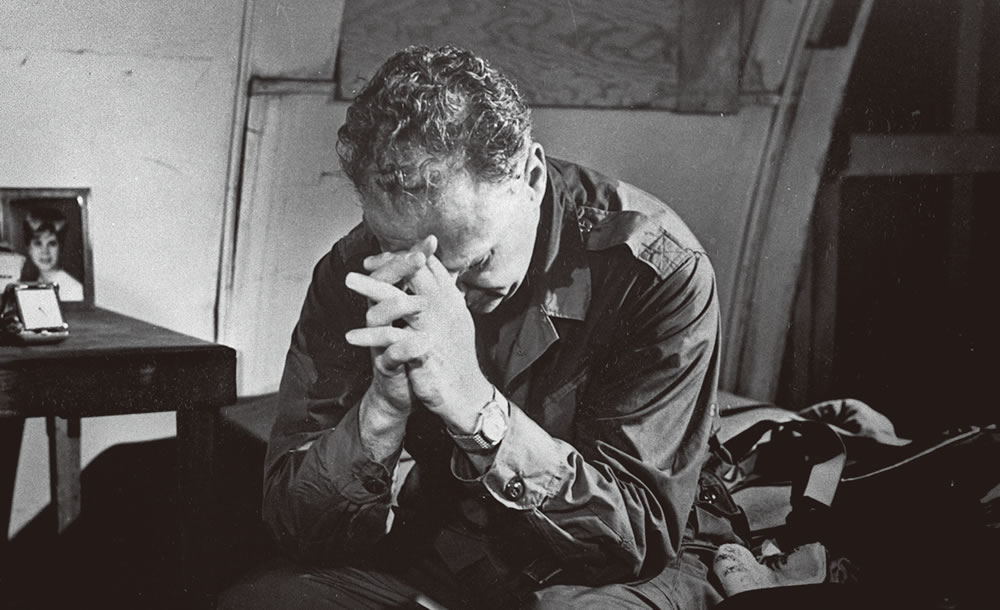
1950s (The Beginning of World Vision)
An encounter that changes the world
Bob Pierce, then a young American journalist, arrived in China and came face-to-face with many children who had been abandoned. Deeply moved by their needs, he knew that giving the last US$5 in his pocket would not be enough and that more people had to be involved in order to reach more children in need. In 1950, he founded World Vision to support missionaries in providing emergency assistance in East Asia. Child Sponsorship was later established to transform the lives of needy children and their communities, bringing them healthcare, education, love and protection.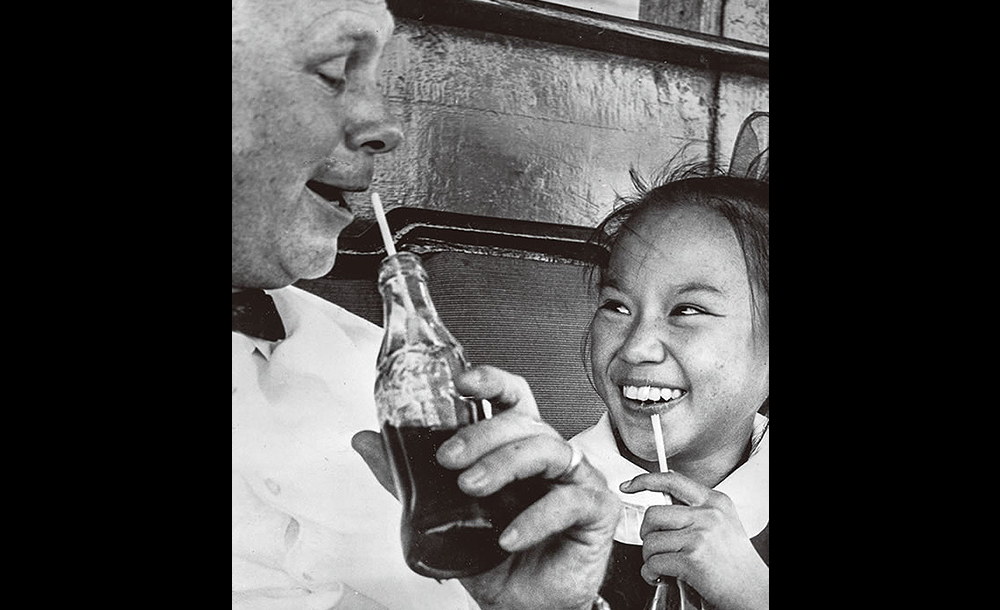
1960s (World Vision Arrives in Hong Kong)
Helping the poor and devastated in Hong Kong
In 1962, Typhoon Wanda hit Hong Kong severely. World Vision distributed relief supplies in Hong Kong, and later set up its first field office in the territory. With the economic recovery in Hong Kong, World Vision Hong Kong turned itself into a fundraising office in 1982, supporting the relief and development work of World Vision offices worldwide. Today, the people of Hong Kong are sponsoring over 200,000 children living in poverty, helping to fund World Vision Hong Kong’s international long-term Area Development Programmes. World Vision Hong Kong also promotes public education, raising public awareness about global issues such as poverty, hunger, health and child rights.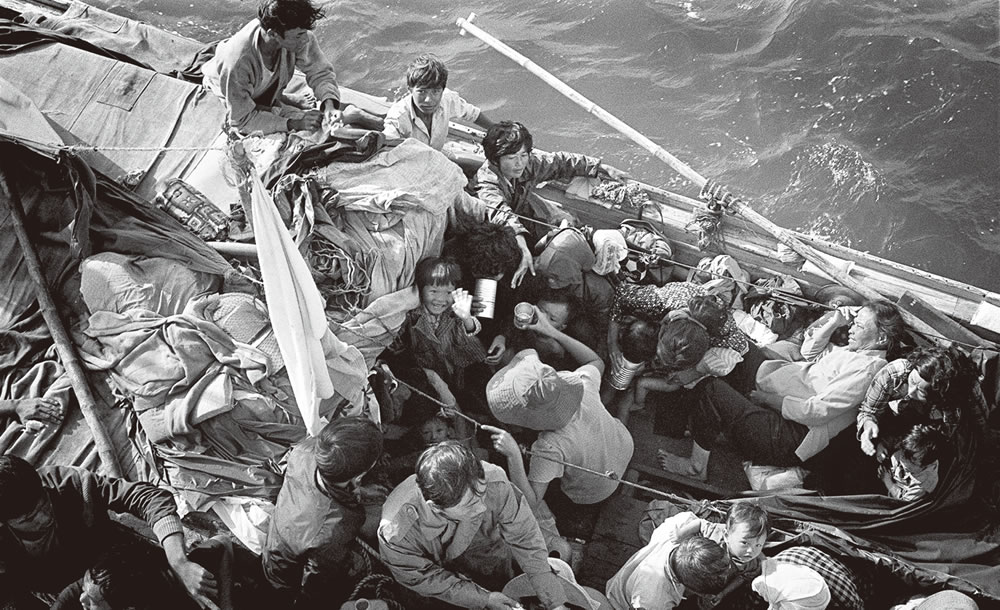
1970s (Operation Seasweep)
First life-saving vessel into the high seas
Between the 1960s and the 1980s, the political turmoil in Southeast Asia forced over 3 million people to flee from Vietnam, Cambodia and Laos. Many refugees were fleeing by sea, but the neighbouring countries were all reluctant to take them in. As refugees helplessly tried to stay afloat and alive on tiny boats, it is estimated that some 200,000 to 400,000 died. To save lives, World Vision purchased a vessel, the first of its kind during this humanitarian crisis, to rescue the refugees and provide food and medical assistance for them.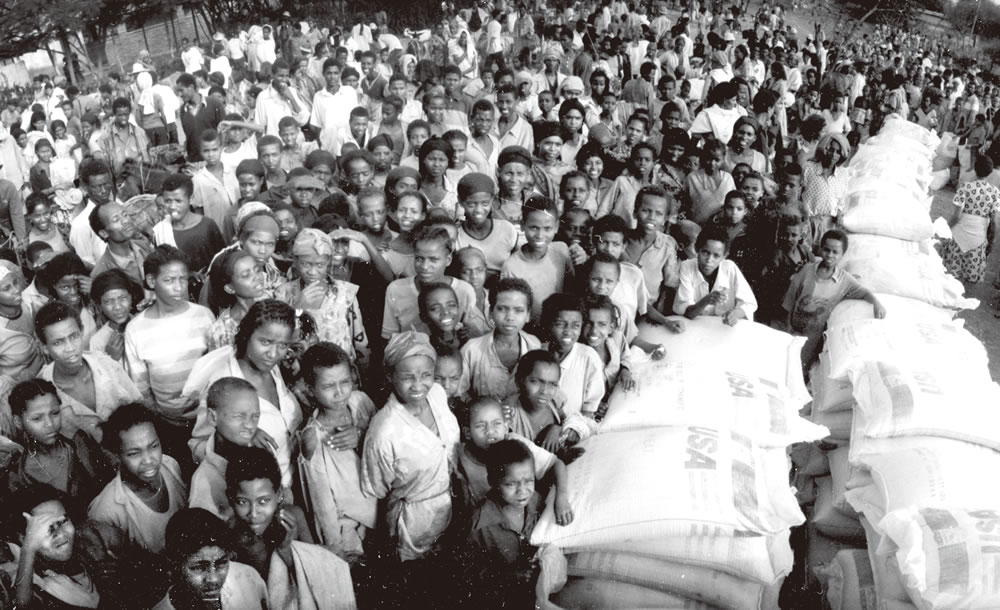
1980s (Ethiopian Famine)
An immediate response to the crisis of the century
Famine hit Ethiopia at the peak of its ruthless civil war, trapping the country in one of the most severe food crises of the 20th century. The United Nations estimates that nearly 1 million people died in the famine, while several million were displaced. World Vision was one of the first to respond to the emergency, providing food for starving children and their families and saving lives at risk.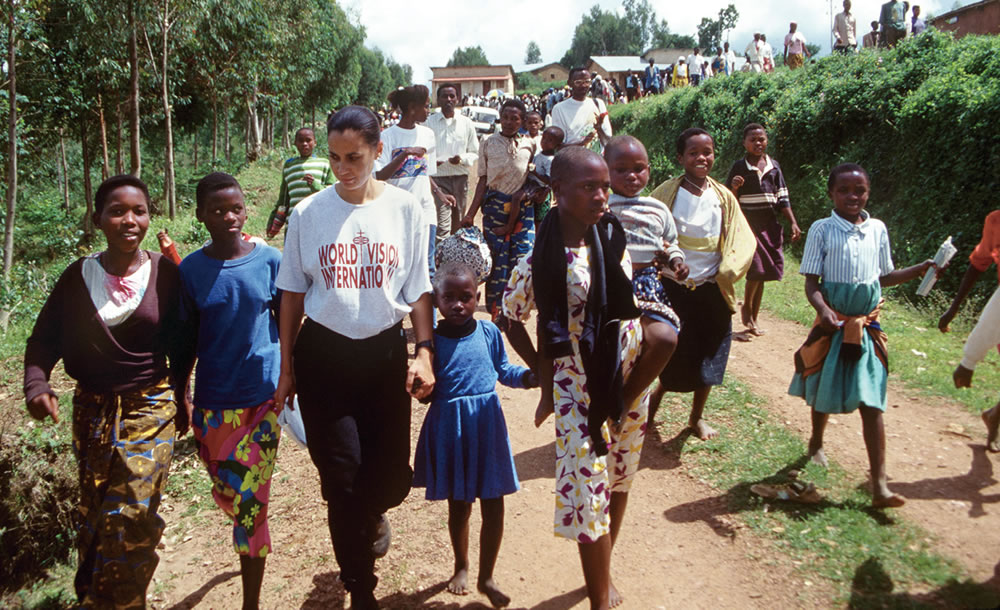
1990s (Orphan Crises in Romania and Africa)
Not alone anymore
When the communist regime in Romania fell, the country’s extreme financial hardships caused tens of thousands of children to be abandoned in orphanages. In 1994, 800,000 were brutally killed in the Rwandan genocide, leaving many children orphaned. In this decade, AIDS was rampant in Africa and killed the parents of 12 million African children. In response, World Vision entered Romania to support orphanages and provided assistance to help children orphaned by the genocide and AIDS.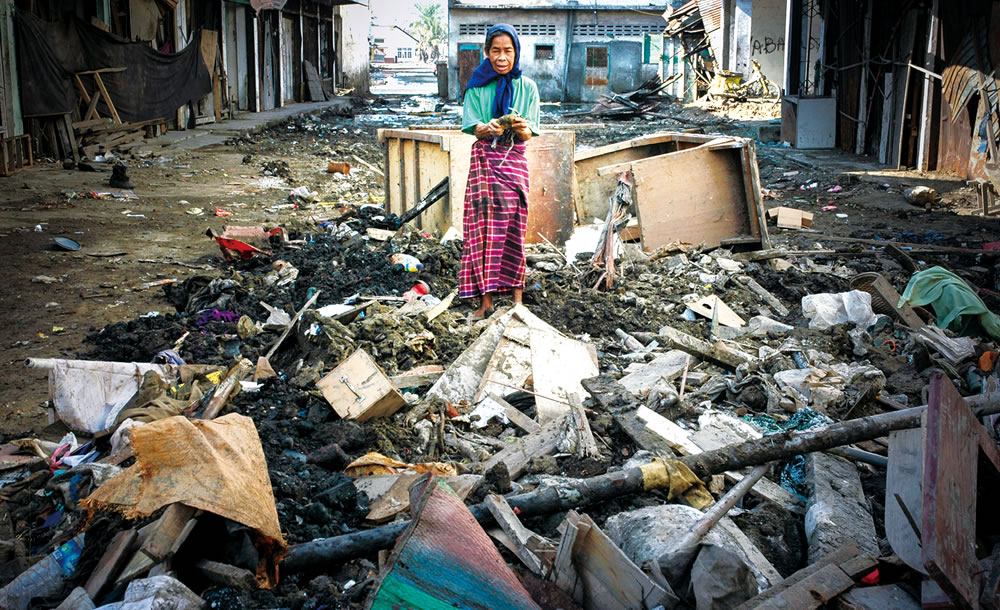
2000s (Indian Ocean Tsunami Response)
Rebuilding with those who mourn
In 2004, a 9.1 magnitude earthquake trigged a tsunami that destroyed multiple coastal cities in Indonesia within minutes, claiming the lives of 100,000 people and continuing to devastate Thailand and Sri Lanka. Nearly 230,000 people lost their lives while many more were injured and left homeless. In response, World Vision initiated its largest-ever relief operation in Asia to date across affected countries to provide basic necessities. We ended up staying for more than a decade in some of the most affected areas, assisting families and communities in rebuilding their lives from scratch.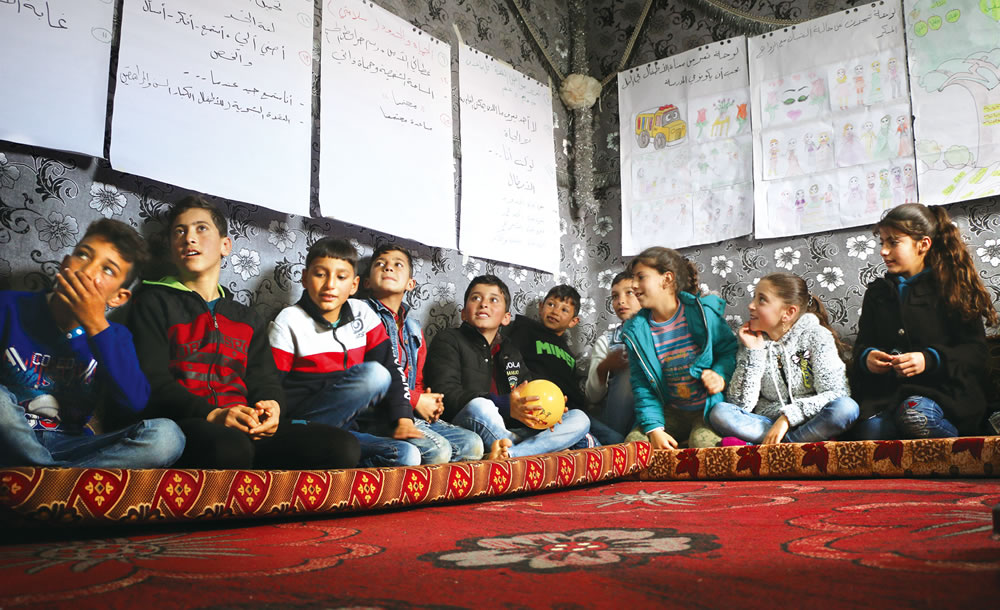
2010s to Present (Syria Crisis)
Children in conflict not forgotten
World Vision has been working in the Middle East for the past 40 years. Since Syria’s civil war began in 2011, we have been responding to the needs of those affected by it. As of 2020, about 5.6 million people have fled Syria and another 6.2 million are displaced within the country – half of which are vulnerable children. In Syria and neighbouring countries including Jordan, Lebanon and Iraq, World Vision is providing healthcare, emergency food, water and sanitation, education and recreation for affected children. We are also offering child protection training for adults and psychological support for families.World Vision has been serving the world's most in need for 70 years. We believe that every ordinary person has extraordinary powers. When we all come together, we can help make the world a better place and create a legacy that lasts.
You too can unleash your powers alongside us!




 Afghanistan Earthquake Relief
Afghanistan Earthquake Relief













